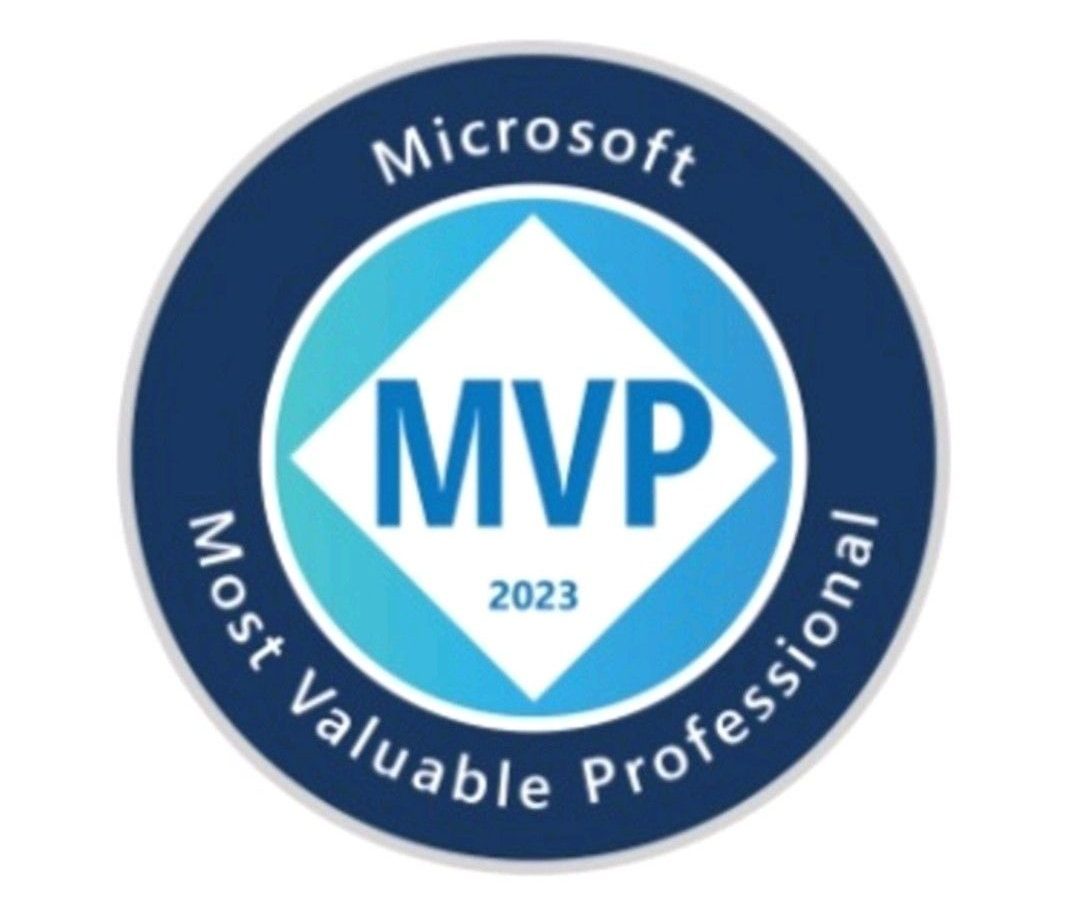The simplest way to get access to a Power Platform environment is to sign up for the Power Apps Developer plan. You can explore Power Platform at full potential for learning at no cost.
To fully use it as a developer, you’ll need an Azure account and a work account. This article will guide you through the process for creating a Power Platform environment and a test tenant if needed.
This is how you set it up: https://learn.microsoft.com/en-us/power-platform/developer/create-developer-environment
Currently, you could have up to 3 developer environments on the same M365 tenant.
As a Power Platform administrator, I would like to understand if Power Platform DLP policies apply to Developer environments created by makers.
First of all, I hope you have a tenant-level all-environments policy set up. I’ve got mine. It gets applied to all existing environments except for excluded ones and also to all future environments which will be created at some point.

It’s restrictive and only includes 15 Business connectors, mostly M365 Office connectors and some Dynamics 365 and Dataverse.

As you could see from the screenshot below, I’ve got Developer environments listed in the step where we define a scope. I could easily add or exclude them.

Almost convincing. But I need to be 100% sure.
For this, I will go to my very own Developer environment and try to mix Business and Non-Business connectors in one Power Automate Flow.

As you could see, my Developer environment follows the same rules as other environments and I am not allowed to mess with organizational data.
And this is how we expect it to be.


1 thought on ““Do DLP policies apply to Developer environments?””